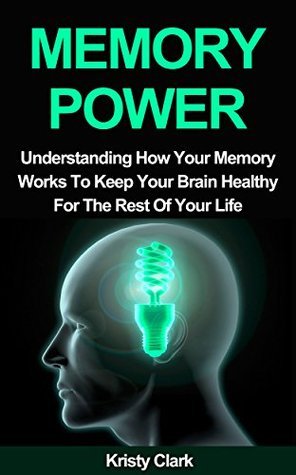
# The Captivating Realm of Memory: An In-Depth Exploration of Neurons, Storage, and Amnesia
The human brain stands out as one of the most intricate systems in the cosmos. It contains approximately **86 billion neurons**, supported by **400 miles of capillaries**, **100,000 miles of nerve fibers**, and an astonishing **10 trillion synapses**. Together, it possesses the theoretical ability to store information comparable to a **petabyte**, which translates to **100 million gigabytes, or 4.7 billion books**. In spite of this astounding capacity, our memory often appears delicate and prone to failure. Why, even with such vast storage potential, do we struggle to remember names, dates, or commitments? This quandary is one of neuroscience’s most captivating challenges.
To unravel this mystery, let’s examine our current comprehension of memory—its framework, mechanisms, the science behind forgetting, and methods to enhance memory retention.
—
## What Constitutes Memory?
Memory represents the brain’s extraordinary capability to encode, store, and retrieve information. Although the exact processes of memory at the individual neuronal level remain enigmatic, overarching models—such as the **Atkinson-Shiffrin model** and various neuroimaging research—provide substantial insights. These frameworks enable us to categorize memory functions and pinpoint the brain regions involved.
—
### The Atkinson-Shiffrin Model: A Broad Overview of Memory
The **Atkinson-Shiffrin model** compartmentalizes memory into three distinct phases:
1. **Sensory Memory**
Sensory memory retains brief sensory impressions. This phase encompasses:
– **Iconic memory** (visual)
– **Echoic memory** (auditory)
– **Haptic memory** (touch)
These sensory impressions endure for tiny fractions of a second to a few seconds, supplying raw material for subsequent processing.
2. **Short-Term Memory (STM)**
Short-term memory includes **working memory**—your mental “workspace” responsible for actively holding and manipulating information. STM typically lasts **15-30 seconds** and can manage a limited range of **5 to 7 items**, a concept famously introduced by psychologist George Miller in “The Magical Number Seven.”
3. **Long-Term Memory (LTM)**
Long-term memory is what most individuals envision as “memory.” It retains large volumes of information, potentially for a lifetime, with an **almost infinite capacity**. However, its resilience hinges on repeated retrieval and associations.
—
### The Mechanism of Memory: Encoding, Storage, and Retrieval
While the Atkinson-Shiffrin model delineates memory phases, the **American Psychological Association’s memory process model** emphasizes the **how**—the three stages of encoding, storage, and retrieval.
#### Encoding: Comprehending Information
Before sensory data can be converted into memory, it must undergo encoding. This process consists of filtering and prioritizing relevant information while discarding extraneous details. For example, when analyzing a diagram, your brain focuses on comprehending relationships depicted in the image rather than the diagram’s background shade or texture.
– **Chunking**: One strategy for coping with memory’s inherent constraints is to cluster related items together (e.g., recalling a phone number as “555-123-4567” instead of “5551234567”).
– **Intense Focus**: Brief, intense focal periods during encoding can bolster memory retention. In these instances, the brain moderates **working memory cycles** while sensory systems function at optimal efficiency, enhancing the depth of the encoded information.
#### Storage: The Home of Memories
Memories reside in various areas of the brain, depending on their characteristics. The **hippocampus** serves as a central hub for memory creation, especially for organizing sensory input and categorizing it as **positive**, **negative**, or **neutral**.
– **Dopamine and Positive Reinforcement**: Favorable experiences receive a dopamine “reward signal,” solidifying them. Research from the University of California, Davis, points out that rewarding incidents make memories more vivid. Participants in a study exhibited improved recall for objects linked to higher rewards, particularly during rest or mental replay of those moments.
– **Negative Emotions and Instinctual Learning**: Negative memories stimulate the **amygdala**, encouraging emotional and instinctual responses. This illustrates why unpleasant or traumatic experiences are frequently harder to forget—they are associated with survival mechanisms.
– **Neutral Memories**: Neutral events garner the least attention and are often lost to memory, as they provide neither reward nor threat.
#### Retrieval: Reviving Memories
Memory retrieval refers to the process of accessing stored information and bringing it into conscious awareness. Memories strengthen with repeated recall since retrieval reinforces neural connections.
—
### Forgetting: Where Has That Memory Gone?
Forgetting is not just a nuisance—it is vital to the brain’s functionality. The brain, despite its significant capacity, flourishes on flexibility. Forgetting irrelevant or outmoded information sharpens our